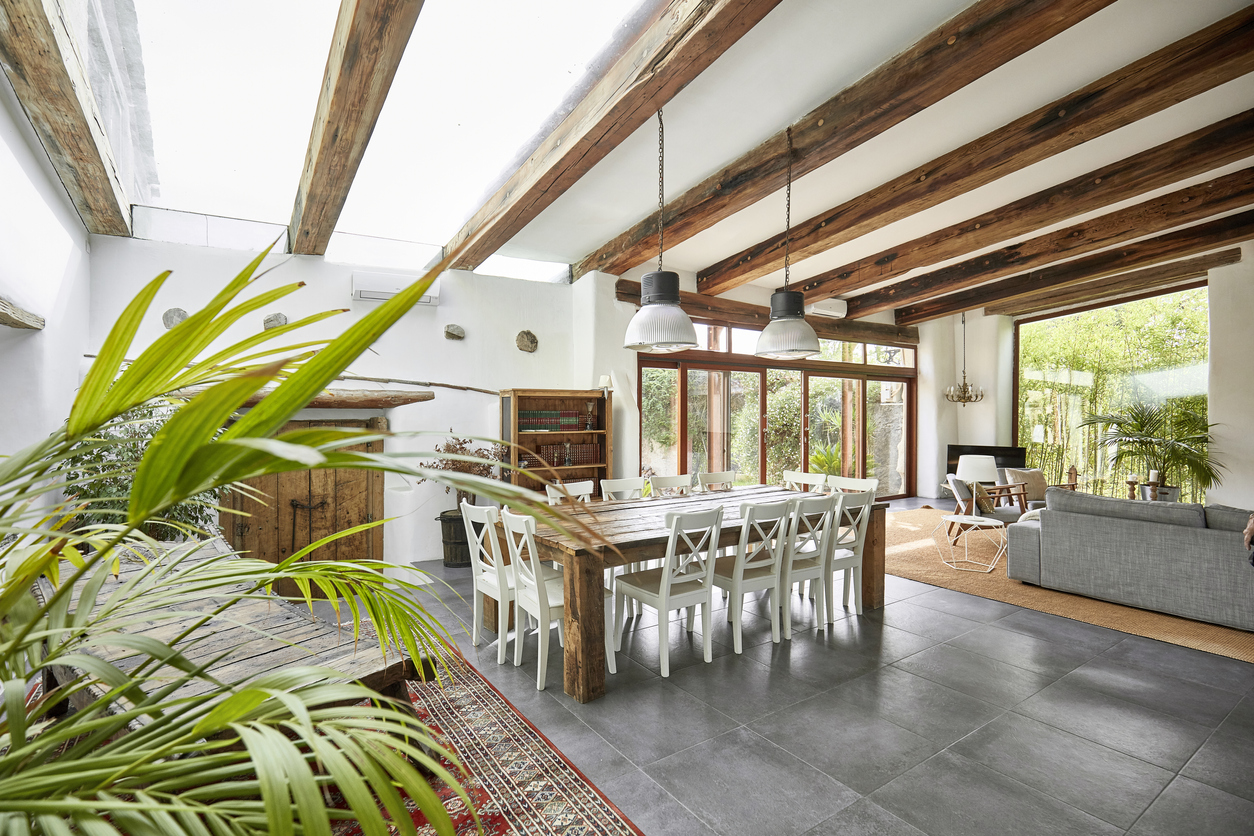
Green Design: Traditional Techniques for Modern Life
If you’re wondering how you can have super interior design in your home while being environmentally conscious, you are in luck. When you decide to incorporate sustainable materials into your green design, your home captures an elegant new look.
First, let’s discuss what green design is. There is no absolute definition, but the generally accepted concept is that green design improves the air quality in your home, and your materials have a limited impact on the environment. How this translates into your interior scheme is in using natural fibres, real wood, and maximizing natural light.
Natural Fibres
Opt for natural, nontreated fibres with flame-retardant chemicals. Synthetics emit chemical gases that can cause health problems ranging from infertility to developmental issues with children. Further, wool is a great choice for rugs as it is naturally flame-retardant. Cotton, linen, and silk blend with wool for durable and safe upholstery and rugs, and fabric blends without wool are available for window treatments.
Real Wood
Choose furniture made from solid wood. English oak and walnut have been the hallmark of British furniture for hundreds of years and are still going strong. Same with mahogany and teak. Real wood furniture is made with old woodworking techniques that favour wood joinery over glue. Thus, ensuring a strong bond without resorting to chemical adhesives, which are the primary culprits for interior VOC emissions. Avoid particleboard or MDF (sorry, IKEA) as the main adhesive ingredient in these synthetic pieces is formaldehyde, which causes all manner of respiratory problems.
Low-VOC Benefits
Volatile Organic Compound (VOC) are chemicals that off-gas into your home. VOCs are what give paint that unmistakable odour, and are present in many synthetic fibres. Further, VOCs off-gassing can be toxic for some people and animals, so avoid them as best you can.
Natural Light
Arranging your furniture so that you take advantage of natural light allows you to use less artificial light. Thus, helping further reduce energy usage and your energy footprint.
Green design is ultimately a throwback to traditional design techniques used in modern conveniences. Contact us to learn more.




